There is no prospect whatsoever of Australia cutting its greenhouse gas emissions by enough to meet its legislated net-zero target by 2050. That is the considered view of Australia’s top environmental scientists published in a report last October that only came to light last week. The finding will inevitably lead to conflict between environmental activists and the Albanese government over the resultant urgent need, according to the scientists, for significant governmental support for carbon offset programs that remove CO2 from the atmosphere in an attempt to make up this large looming emissions gap – particularly as it would have to be substantially through the bete noir of environmentalists: carbon capture and storage (CCS).
This need for a major boost to carbon offsets because of the inevitable inadequate reduction in emissions, was submerged (resulting in not rating a media mention) in a high-powered Australian Academy of Science advisory report to former chief scientist Professor Ian Chubb’s panel that had been appointed by the Albanese government to review environmentalist criticism of Australia’s carbon offsets system. Last week’s Chubb report to the government (welcomed with a promise of implementation by Environment Minister Bowen) found that ‘the scheme’s arrangements are essentially sound’.
This did attract media attention with the Sydney Morning Herald’s report, under the heading ‘Chubb review backs controversial carbon credit scheme’, noting that the Chubb panel did not share the view of critics that the integrity of the scheme was in doubt, that the level of emissions reduction had been overstated, or that the carbon credits policy was not effective. It then quoted Greenpeace Australia’s criticism of the scheme for allowing, ‘Big-polluting corporations, including coal and gas companies, to buy carbon offsets to avoid and delay actually reducing or removing harmful greenhouse gas emissions in their own operations. Until this sham is removed from the system or fundamentally overhauled, emissions won’t actually be going down.’
In further environmental activist attacks on a scheme that the scientists say is vital to achieving emissions targets, the World Wildlife Fund described CCS as ‘billions of dollars of failed technology that has been used as a delaying tactic for years’. A green newsletter warns that, ‘carbon capture will lock us into decades more of fossil fuels, is not feasible at scale, and diverts money and political attention from the real, bold solutions that we need’, adding that it extends the fossil fuel era instead of ending it. So long as fossil fuel companies, government officials, and even some progressive advocates are being fooled by carbon capture, there will be less pressure to actually stop climate pollution by putting an end to drilling and fracking and creating the political will needed for a rapid and just transition to 100-per-cent renewable energy. This echoes the Friends of the Earth dismissal of CCS as ‘a distraction from the critically important growth of renewable energy’, And Australia’s green miner Andrew Forrest, despite his companies using carbon offsets, takes a similar view.
So how committed will the government be to the scientists’ recommendation that, as reducing the level of emissions cannot meet its 2050 net-zero target, doing so will require a rapid deployment of methods to remove greenhouse gasses from the atmosphere at a far greater rate than at present. This followed the Academy’s review of the scientific evidence behind each carbon abatement prospect including avoided deforestation, human-induced regeneration, landfill gas management and especially carbon capture and storage, and identified the strengths and limitations of each method’s use in an offsets scheme.
This is an issue the government cannot duck. The scientists declare that ‘a functioning, high integrity, transparent and scientifically robust carbon offsets scheme is central to Australia’s emerging climate policy architecture’, because of the scale of the abatement task. But they warn that even though CCS is currently an expensive technology for the amount of carbon it abates, it will nevertheless need to play an essential role in achieving emission targets. And like all emission reduction policies, it requires a high integrity and trusted carbon offsetting system. So while it is economically sensible to pursue reducing costs of carbon abatement over the next decade, ‘the significant capital required to install carbon capture and storage equipment raises concerns that it will not be adopted at scale in hard-to-abate industries’. And they admit that while scientifically supported as a technology, CCS operations globally are underperforming and that real-world deployment of CCS projects highlights uncertainty around the technology’s maturity to work at the scale needed for reducing global emissions in line with IPCC targets.
Nevertheless, in pursuing its case for CCS the scientists point out that there is extensive industrial experience in the capture and transport, injection and storage of gases like carbon dioxide and that separation of carbon dioxide from the air is possible but expensive. In addition, they note that Geoscience Australia has done considerable work identifying areas in Australia potentially suitable for carbon storage and there is sufficient expertise to effectively characterise, risk assess, develop, operate, decommission and monitor these storage sites for leakage. A recent CSIRO study adds its weight to the scientists’ support for carbon offsets. It agrees that there currently is significant potential for carbon sequestration to play a role in Australia reaching net-zero emissions. This is not only through nature-based technologies such as permanent plantings, plantation and farm forestry, and soil carbon; it also sees opportunities for carbon capture and storage using Australia’s vast geological storage capacity, with the technology for geological storage being well developed even though uptake is low and a number of projects are experiencing difficulties.
Most telling is the scientists’ politically charged comment that the current alternatives to geological carbon storage for many Australian sources is either venting their greenhouse gases into the atmosphere (100 per cent ‘leakage’) or cessation of industrial activity resulting in imports from other jurisdictions (i.e. economic leakage). Seeking to ‘ensure emissions are reduced in Australia rather than importing them from overseas is the primary argument for incentivising CCS projects in Australia, along with the consequential energy security benefits’. Will Labor back the scientists or the greenies?
Got something to add? Join the discussion and comment below.
Get 10 issues for just $10
Subscribe to The Spectator Australia today for the next 10 magazine issues, plus full online access, for just $10.
You might disagree with half of it, but you’ll enjoy reading all of it. Try your first month for free, then just $2 a week for the remainder of your first year.

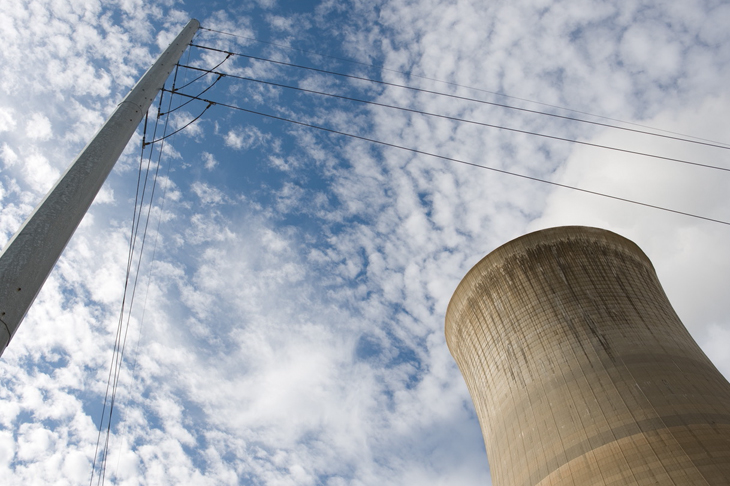

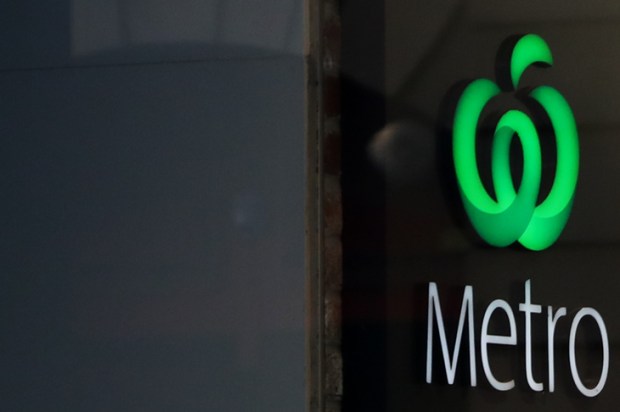
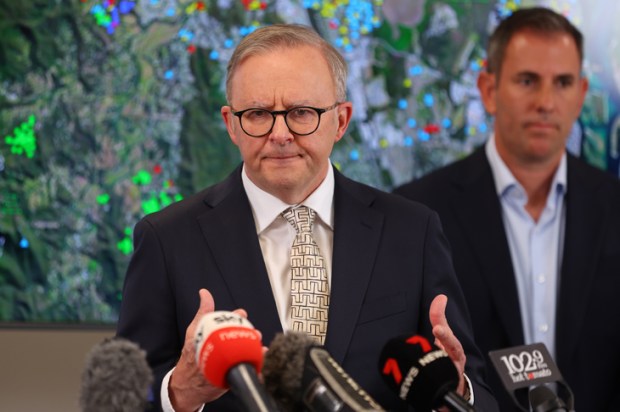
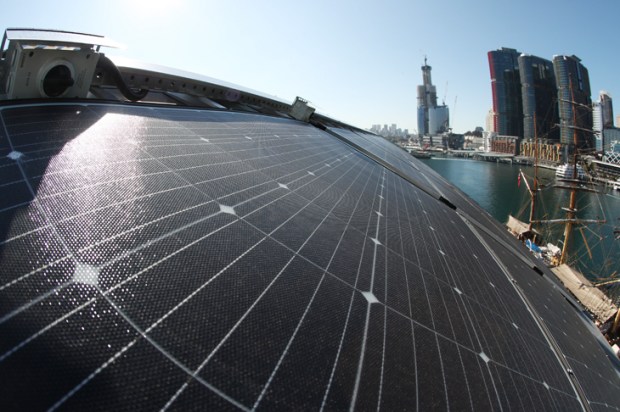

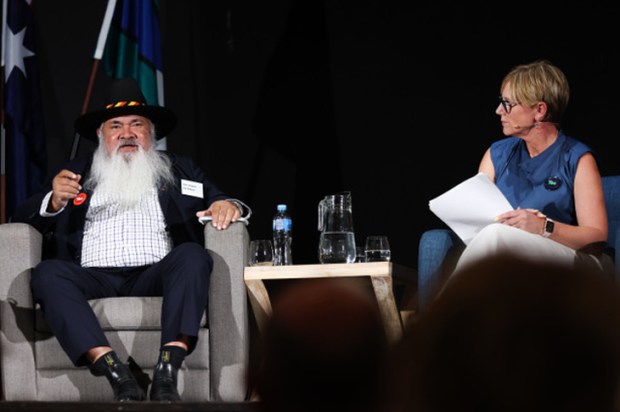






Comments
Don't miss out
Join the conversation with other Spectator Australia readers. Subscribe to leave a comment.
SUBSCRIBEAlready a subscriber? Log in